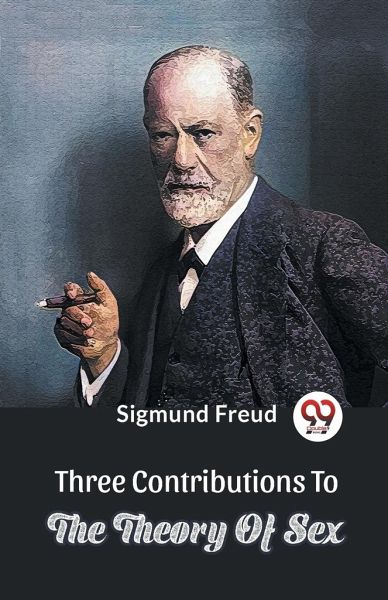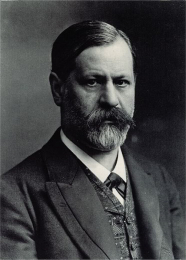
Three Contributions To The Theory Of Sex
Versandkostenfrei!
Versandfertig in 1-2 Wochen
12,99 €
inkl. MwSt.

PAYBACK Punkte
6 °P sammeln!
The groundbreaking book "Three Contributions to the Theory of Sex" was written by Sigmund Freud, the founder of psychoanalysis. Three pieces that examine the complicated and often controversial subject of human sexuality make up the book. In the first article, "The Sexual Aberrations," Freud defines sexual perversion and makes the case that they want to reproduce is not necessarily what drives sexual conduct. He looks at several sexual deviations, such as homosexuality, and fetishism, and makes the argument that they have psychological roots rather than physical ones. In the second article, "I...
The groundbreaking book "Three Contributions to the Theory of Sex" was written by Sigmund Freud, the founder of psychoanalysis. Three pieces that examine the complicated and often controversial subject of human sexuality make up the book. In the first article, "The Sexual Aberrations," Freud defines sexual perversion and makes the case that they want to reproduce is not necessarily what drives sexual conduct. He looks at several sexual deviations, such as homosexuality, and fetishism, and makes the argument that they have psychological roots rather than physical ones. In the second article, "Infantile Sexuality," the significance of sexuality to the growth of children is examined. Freud contends that sexual urges start in infancy and continue to grow throughout childhood, influencing a person's sexual conduct as an adult. The last article, "The Transformations of Puberty," explores how adolescence causes both physical and psychological changes, as well as how these changes affect sexual development. Freud investigates how sexual imaginations and desires affect a person's concept of self. In general, "Three Contributions to the Theory of Sex" questioned accepted beliefs about sexuality and laid the foundation for contemporary conceptions of human sexuality and sexual identity. In the disciplines of psychology and sociology, Freud's work is still significant.













